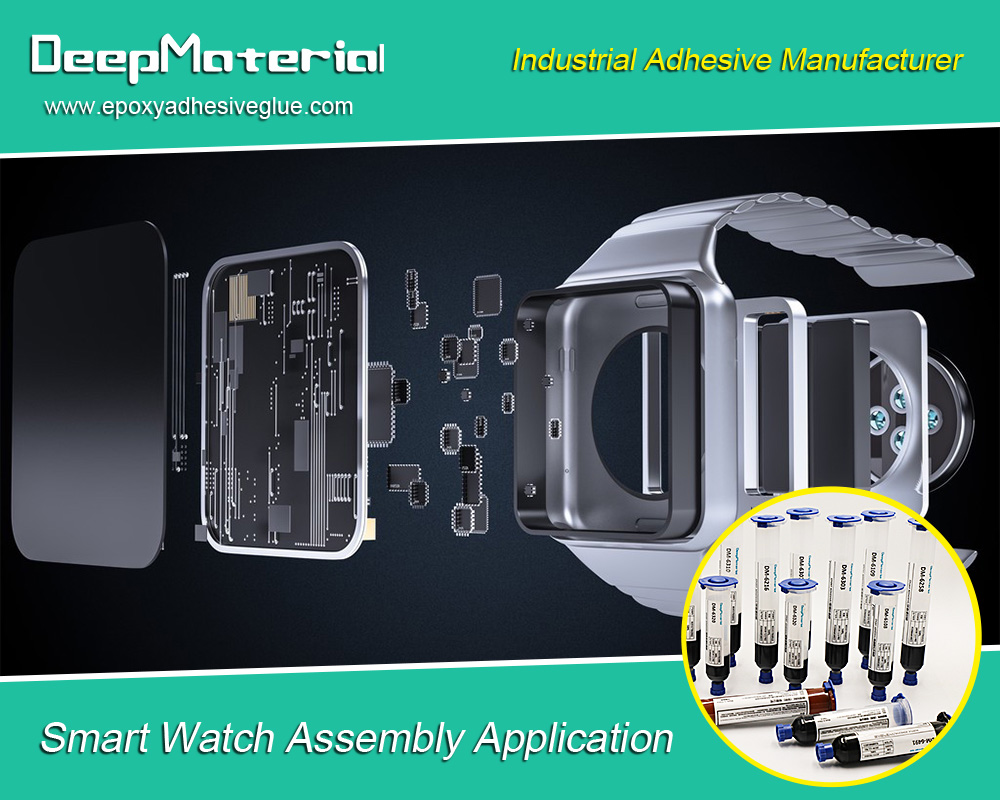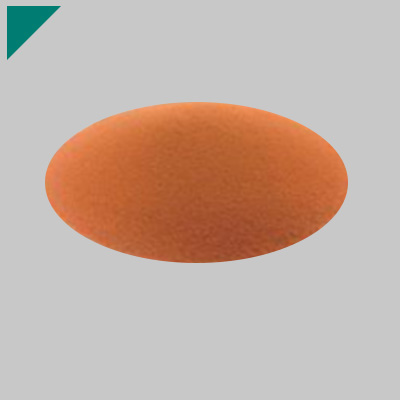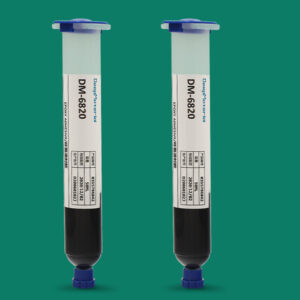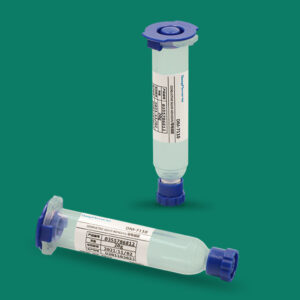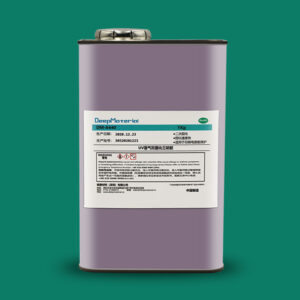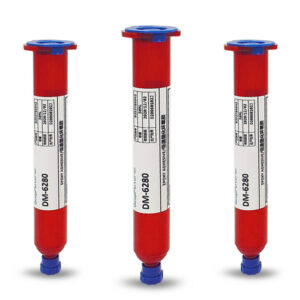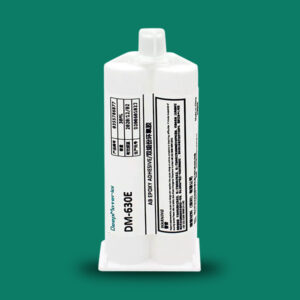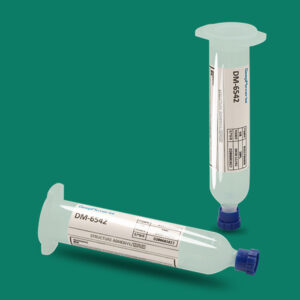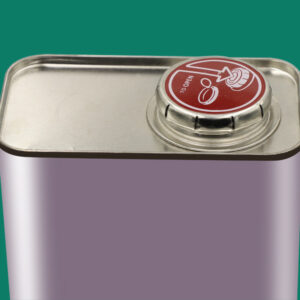What Are The Different Types Of Potting Material For Electronic Components?
What Are The Different Types Of Potting Material For Electronic Components?
Potting materials are essential for protecting sensitive electronic components from the outdoor elements, be it moisture, dust, or harsh vibration and temperature changes. Not only do these protective coatings provide a reliable shield that safeguards delicate parts from external wear and tear, but they also prolong their longevity over time.
In this article, we will explore the various types of potting materials accessible for different forms of electronics – delving into all the pertinent details on characteristics, properties, applications, and more.
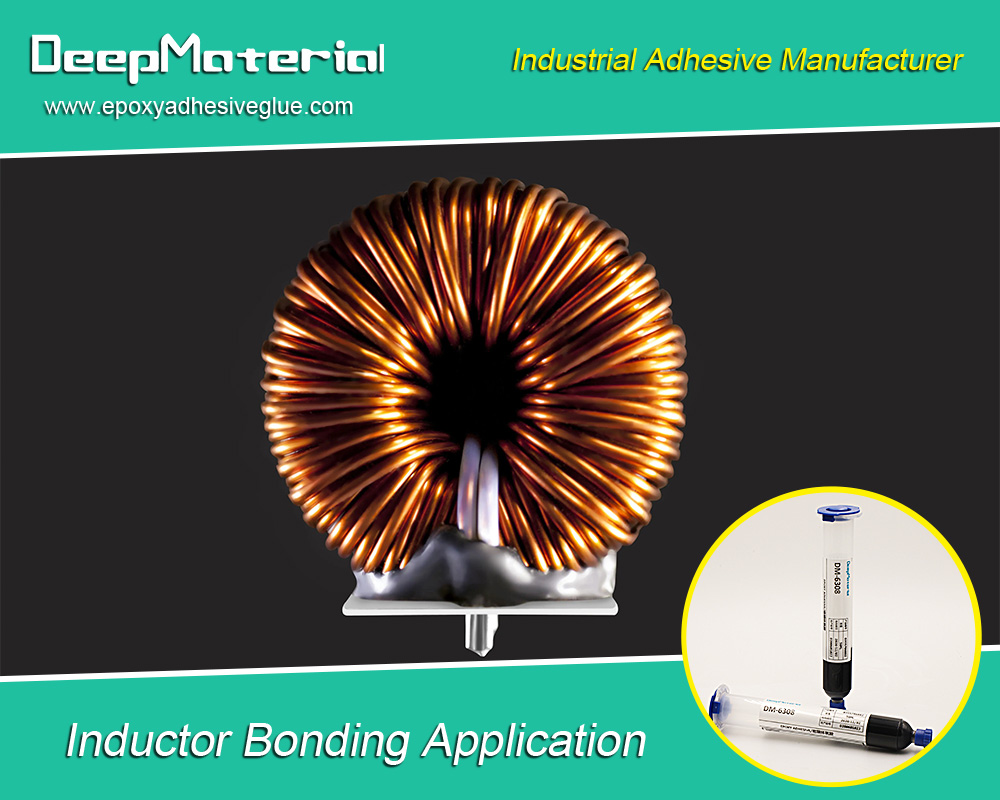
Importance of potting materials in electronic component protection
Electronic components are pretty sensitive, and moisture, dirt, and other contaminants can lead to many problems like corrosion and short circuits – not ideal! Potting materials work as armor that guards against these intruders.
But they don’t just fend off the bad stuff! Potting materials also give components extra stability by absorbing vibrations or shocks from outside sources. Not only that, but potting materials improve thermal management, keeping those little parts from overheating so they stay in their happy place for optimal performance.
Types of potting materials for electronic components
With so many potting materials, it can take time to make the right choice. Let’s see the most popular options:
Epoxy resin potting materials for electronic components
Epoxy resin potting materials are a real life-savior for the electronics industry—offering superior electrical insulation properties, unbelievably high mechanical strength, and proven adhesion to multiple substrates.
Plus, their exceptional protection against moisture, chemicals, and temperature fluctuations affords us peace of mind in knowing that our components can withstand sudden shifts in climate without fear of them cracking or delaminating.
These powerful polymers possess an astonishingly low coefficient of thermal expansion – which means we can rely on them to remain unhurt by the hottest temps. It’s a genuinely delightful trait and something worth bragging about!
That’s why epoxy resins remain established favorites when encapsulating power units, transformers, circuit boards–you name it–to safeguard them against dust particles or other environmental hazards threatening their durability and reliability.
Silicone potting materials for electronic components
Silicone potting materials are versatile and incredibly resistant to moisture, heat, and chemicals – plus they offer fantastic electrical insulation! With their extraordinary temperature range capabilities, these materials are ideal for applications requiring extra flexibility and thermal stability.
Their dielectric strength is also impressive; they can handle almost any voltage without giving way, which is necessary when electrical insulation is critical.
These protective wonders are often used in the coating process of sensors, connectors or other bits of tech requiring protection from dampness, heat and environmental conditions.
Though flexible but sturdy as ever, with durability all over, its attributes ensure the outfit will run smoothly regardless of weather effects.
Polyurethane potting materials for electronic components
Polyurethane potting materials are excellent when you need solid electrical insulation and resistance to moisture, chemicals, and UV radiation. They stick like glue to different surfaces while withstanding varying temperatures – uber-adaptable for applications that demand flexibility, durability, and environmental resiliency.
Plus, they’ve got an oomph of strength that shields against mechanical knocks or rusting, so they’re the top choice for parts needing protection from adverse conditions.
There is no problem as they are great for Motors, pumps, switches etc. These polyurethane materials guarantee a waterproof coating with extended life reliability in every application.
Acrylic potting materials for electronic components
Acrylic potting materials provide superb insulation for electrical components while boasting remarkable defence against moisture, chemicals, and even UV radiation.
They easily cling to almost any surface due to their excellent thermal stability – a great bonus in scenarios with high temperatures or unforgiving environments.
Moreover, these incredible materials have an impressively low viscosity, so they can easily seep through cracks and crevices with unmatched fluidity – perfect for intricate encapsulation projects!
This makes them the go-to choice for safeguarding LEDs, displays and other fragile electronic elements from hostile conditions outside.
Thermoplastic potting materials for electronic components
Thermoplastic potting materials have earned a renowned reputation for their ease of processing and reworkability. Impervious to moisture, chemicals, and UV radiation, it’s no wonder they are perfect for applications that demand repeatability.
With an impressive melt flow index rating, thermoplastic potting materials can be effortlessly molten and reprocessed repeatedly without diminishing their prime qualities.
This indomitable material is also frequently used to encapsulate connectors, terminals, and other delicate electronics that require multiple refinements, offering robust yet flexible protection for the utmost peace of mind.
Comparison of different types of potting materials for electronic components
With so many potting materials, deciding which is the right fit can take time.
But tapping into the pros and cons of each option – like electrical insulation with epoxy resin but limited flexibility, silicone’s flexi-thermal stability, polyurethane’s resistance to environmental factors and durability, acrylic’s heat resistance or thermoplastic’s reworkability – will make picking your material a breeze.
Let’s not forget our practical pals: cost, availability, application requirements, and any industry standards you must follow.
Picking your potting material requires some thought, but once you’re set on what’ll work best for you.
Factors to consider when selecting potting materials for electronic components
When choosing the right potting material for electronic components, several critical things must be considered. Above all else, you must consider environmental factors such as temperature swings, moisture absorption and dust exposure, and the use of chemicals or UV radiation.
Your choice of material should create an effective protective guard around your parts so their longevity isn’t compromised- reliability is critical.
That’s not all – the application requires specific demands from the material, like how much insulation it offers in terms of electrical current, its strength against any strain on it, or whether it needs to be flexible enough to withstand heat levels.
Don’t forget that cost and availability must always enter into your equation as well — just because a specific potting material may appear more expensive doesn’t mean it won’t give better performance and more long-term security.
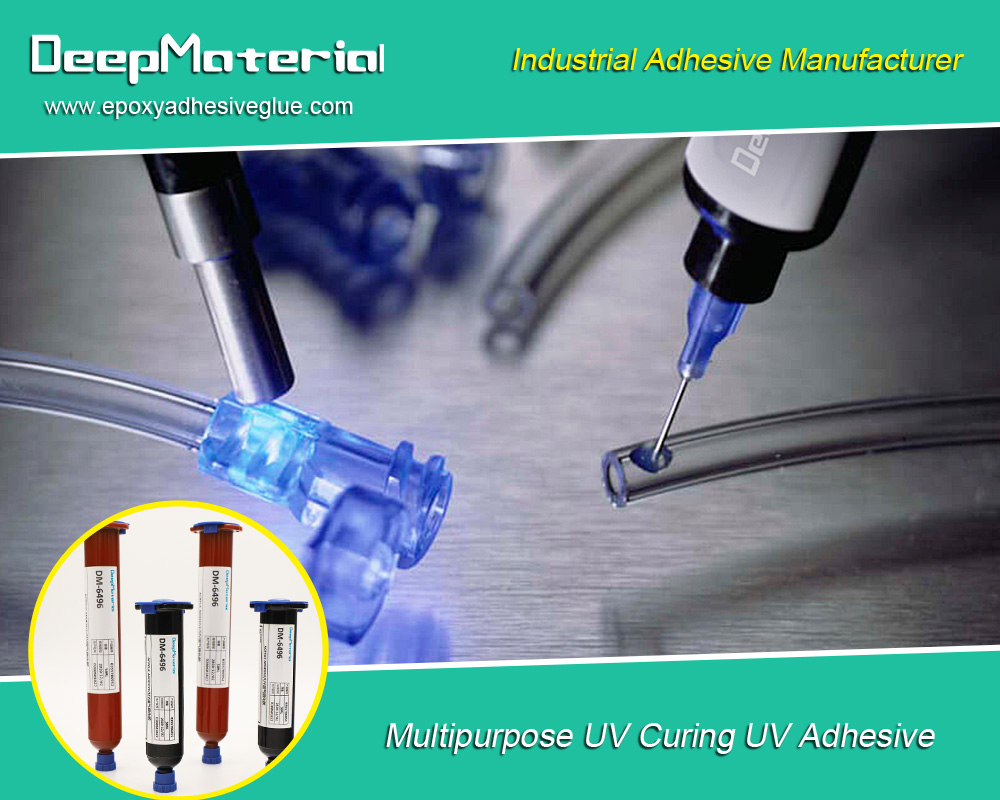
Conclusion
To wrap it up, plenty of potting materials exist for all sorts of electronic components. Everyone has brass tacks that make them fit for particular uses. For instance, epoxy resins are favored for their extraordinary insulation powers and rocking hot temperatures capabilities; silicone rubber is preferred because of its malleability and resistance to moisture and chemicals; polyurethane boasts some evident adhesion talents plus excellent shock absorption herbivore skills;
Lastly, thermoplastics give you a means to an end without breaking the piggy bank, featuring solid mechanics for your fingertip molding needs. In any event, picking the correct potting material is essential if you want reliable performance from your electrical component over time, no matter what sort of conditions they’re up against day after day.
For more about choosing the Different Types Of Potting Material For Electronic Components, you can pay a visit to DeepMaterial at https://www.epoxyadhesiveglue.com/category/epoxy-adhesives-glue/ for more info.


